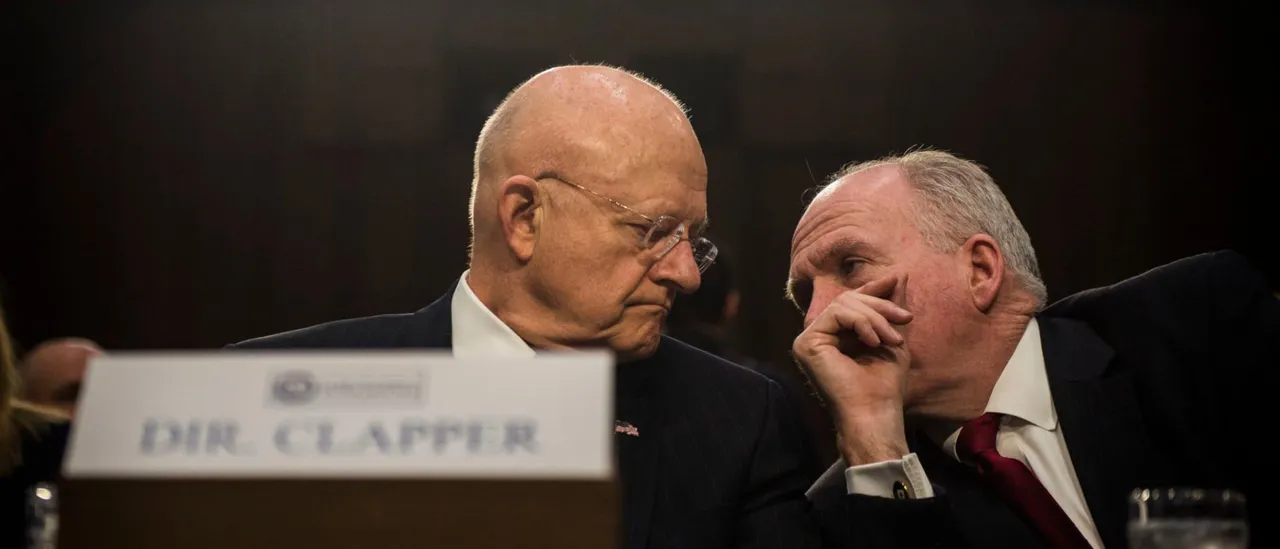
By Derek VanBuskirk. Media: Dailycaller
Obama-era intelligence heads attempted to counter the Office of Director of National Intelligence’s (ODNI) disclosures in an op-ed Wednesday regarding the original 2017 Intelligence Community Assessment (ICA) on Russia’s alleged interference in the 2016 election.
The New York Times (NYT) guest essay, written by former Central Intelligence Agency (CIA) Director John Brennan and former Director of National Intelligence (DNI) James Clapper, still leaves several questions open regarding actions taken to finalize the IC.
Brennan and Clapper hold to the findings of the original ICA that Russia interfered in the 2016 presidential election and that Russian President Vladimir Putin had a “clear preference” for Trump.
DNI Tulsi Gabbard recently declassified 2020 congressional probe which found that “the judgment that Putin ‘developed a clear preference for candidate Trump’ and ‘aspired to help his chances of victory’ did not adhere to the tenets of the ICD (Intelligence Community Directive) analytical standards.”
The former intelligence heads also pointed to the findings of an April 2020 Senate Select Committee on Intelligence report which stated, “the Committee heard consistently that analysts were under no politically motivated pressure to reach specific conclusions.”
However, a Thursday report alleged that a senior intelligence official in Clapper’s ODNI threatened an analyst with losing a promotion if he did not sign off on the 2017 ICA.
The op-ed also addressed the infamous Steele dossier and its inclusion in the ICA.
Brennan and Clapper reiterated their claim that the Steele dossier was “not used as a source or taken into account for any of its analysis or conclusions,” and only a “summary of the dossier was added as a separate annex only to the most highly classified version of the document.”
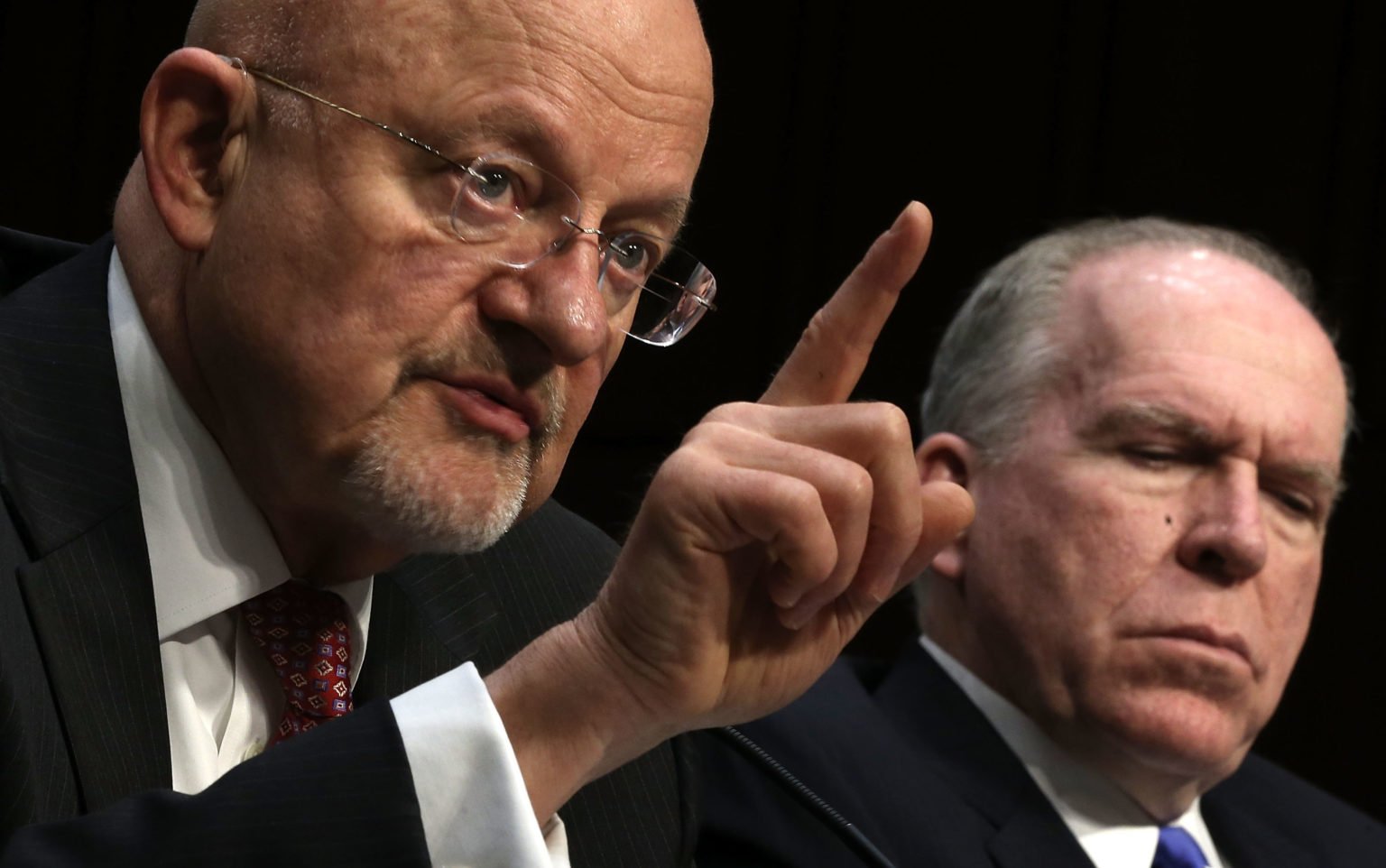
The Steele dossier was a privately funded and unverified series of memos that claimed the Trump campaign colluded with Russia. Brennan and Clapper admitted the dossier is “largely discredited” and stated the ICA’s annex noted why the dossier was not included in the assessment.
Obama’s former officials said the ICA made no judgment over the direct impact of Russia on the 2016 presidential election.
“Russian influence operations might have shaped the views of Americans before they entered the voting booth, but we found no evidence that the Russians changed any actual votes,” the op-ed stated.
Brennan and Clapper asserted there was “no mention of ‘collusion’ between the Trump campaign and the Russians in the assessment.”
“The sole focus of the assessment was on Russia’s actions, not on whom they might have been interacting with in the United States,” they wrote.
The essay does not address more recent allegations that raised questions regarding the intentions of those drafting the ICA, although some of these documents were released Thursday.
An initial 2016 assessment was put together to assess potential Russian interference in the presidential election.
Findings included that Russia hacked the Democratic National Convention (DNC) and the Democratic Congressional Campaign Committee (DCCC), but found that “foreign adversaries do not have and will probably not obtain the capabilities to successfully execute widespread and undetected cyber attacks” on election infrastructure.
These findings were supposed to be included in a Presidential Daily Briefing (PDB), but they were pulled out at the last minute, according to files released by the ODNI. The findings were potentially withheld because then-President-elect Trump would have had access to the briefings.
Instead, a meeting between Obama and cabinet officials was held on Dec. 9, 2016, which resulted in a “POTUS Tasking on Russia Election Meddling” email, according to the files.
“Deep State officials in the [intelligence community began] leaking blatantly false intelligence to the Washington Post” on December 9, the ODNI alleged.
While the ICA was being put together in response to the email, debates arose about including the Steele dossier in the final report.
Brennan and Clapper claimed in their essay that the summary of the Steele dossier was tacked on to the ICA “at the Federal Bureau of Investigation’s [FBI] insistence.” A June CIA review alleged, however, that Brennan pushed to include the Steele Dossier in the 2017 ICA.
A report also found that senior intelligence officials pushed back on the FBI’s efforts to include the dossier, as they deemed it “extremely sketchy.”
The ICA, with Steele dossier summary and all, was then presented to Obama in early January. Around the same time, an associate of Clapper’s allegedly threatened to withhold a promotion from an analyst for refusing to sign off on the assessment, according to a whistleblower report released Thursday.
Brennan and Clapper also stated that the original ICA did not accuse Trump colluding with the Russian government directly, and yet their assessment (and the attached Steele dossier) became the basis of many years-long investigations into what has been deemed “Russiagate.”
Former Special Counsel Robert Mueller’s investigation revealed in 2019 there was no evidence showing the Trump campaign colluded with Russia to influence the 2016 election.



















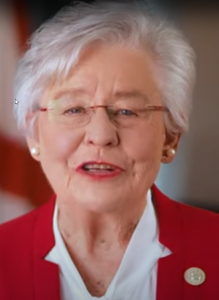
































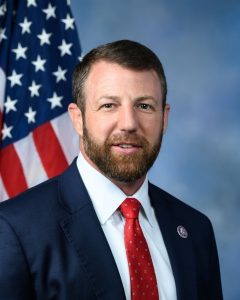




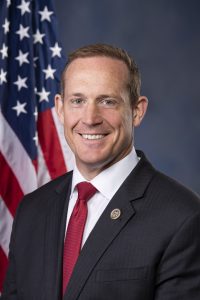

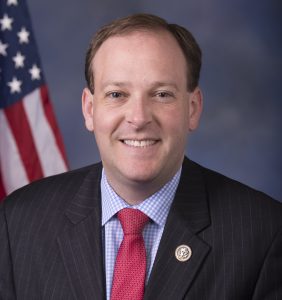















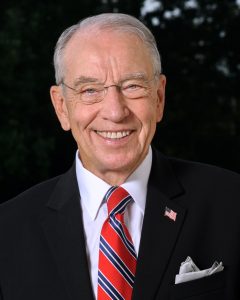












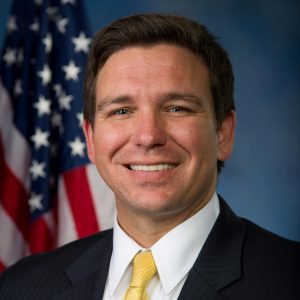


Discussion about this post